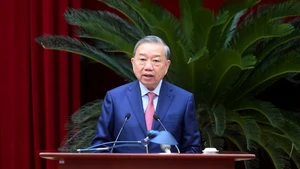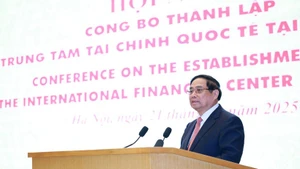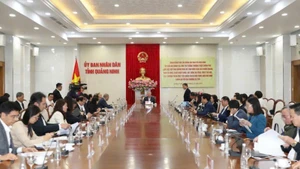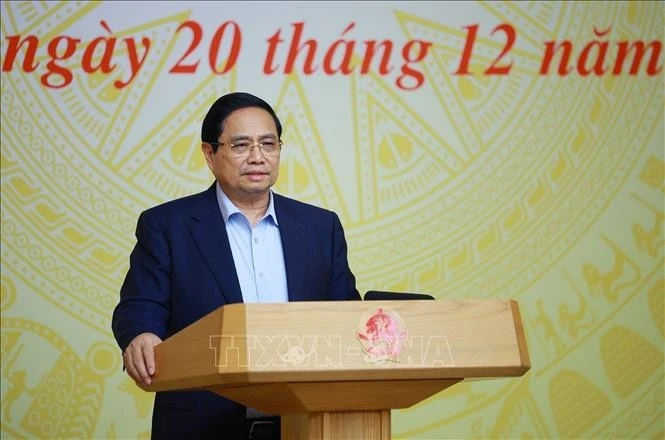Traditional drivers continue to provide momentum
Viet Nam is embarking on a historically significant phase of development. The 13th National Party Congress set a strategic vision that the country will become a developing nation with modern industry and upper middle income by 2030, and a developed nation with high income by 2045. In the immediate term, Viet Nam must achieve growth of 8% in 2025, rising to double-digit growth during 2026–2030.
Looking back at 2024, with GDP growth of 7.09%, and the first six months of 2025, at 7.52% (according to the General Statistics Department, Ministry of Finance), the economy is on track to realise its growth targets.
According to the Ministry of Finance’s report, public investment has been accelerated by ministries, sectors, and localities, generating momentum for growth. In the first eight months of 2025, public investment is estimated to have reached 48.3% of the annual plan, up 26.9% year on year.
Foreign direct investment (FDI) registered in Viet Nam as of 31 August 2025 reached 26.14 billion USD, a year-on-year increase of 27.3%. Notably, disbursed FDI in the first eight months of 2025 was estimated at 15.40 billion USD, up 8.8% from the same period last year — the highest eight-month disbursement in five years.
Exports in the first eight months of 2025 rose by 14.8% compared with the same period last year. In terms of consumption, total retail sales of goods and services increased by 9.4% year on year.
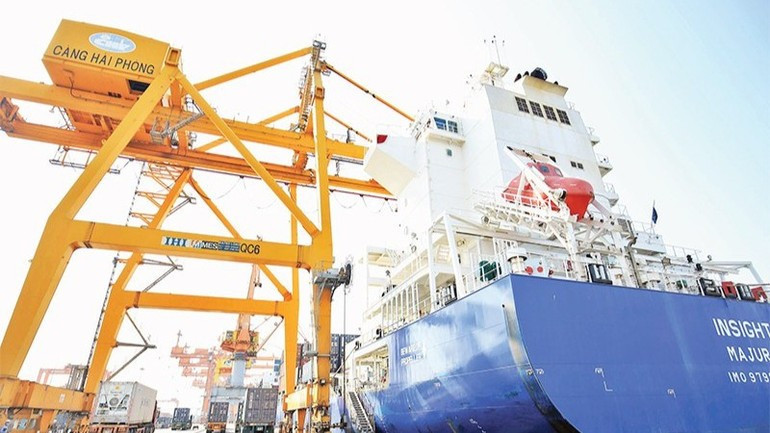
Pressures on the growth path
Despite positive growth, both domestic and global economies face many difficulties to overcome.
Traditional growth drivers such as exports, although achieving an 8.5% rise in the past eight months, are under strain from widespread “trade storms”, rising tariffs, reliance on imported raw materials and technology — all testing the capacity of domestic exporters.
“At the same time, falling global demand, the rise of trade protectionism, and intensifying competition are exerting pressure on Viet Nam’s export performance,” said Dr Nguyen Quynh Trang, lecturer at the University of Economics, Viet Nam National University, Ha Noi.
As for final consumption — an index contributing over 80% of GDP — the Ministry of Finance reported that total retail sales of goods and services in the first eight months of 2025 rose 9.4% year on year. After excluding price factors, the figure was only 7.2%, lower than 8.0% in the same period of 2024.
In its report on the economy for the first eight months of 2025, experts from Hathaway Policy noted this as a sign of “decoupling”, where the gap between nominal growth and real purchasing power is widening. If this trend persists, weakening purchasing power could quickly become a major obstacle to growth in the remaining months of the year.
At the recent seminar “Drivers of Viet Nam’s Economic Growth in the New Era”, organised by the University of Economics, Viet Nam National University, experts shared views on factors affecting growth.
Highlighting fundamental domestic challenges, Professor Tran Van Tho, Emeritus Professor at Waseda University (Tokyo, Japan), pointed to labour productivity. He stressed that productivity in the non-state sector remains low.
This sector encompasses many micro, small and medium enterprises, and an informal sector with 5 million individual production and business units, but with low efficiency. As a result, although Viet Nam is deeply integrated into global value chains, the quality of integration is limited. Industrialisation has not yet developed strongly and remains largely at the level of processing and assembly.
Adding to this, Dr Nguyen Quynh Trang assessed that the key indicator of growth quality — “total factor productivity” (TFP) — is relatively low in Viet Nam. The causes lie in “institutional barriers, low efficiency in public investment management, weak business environment and corporate governance, and limited technological capacity with slow innovation.”

Institutions — a key driver in the new era
Also at the seminar, Dr Pham Anh Tuan, Deputy Director of the Viet Nam Institute of Economics and World Affairs, argued that in an increasingly complex world, Viet Nam must renew its development mindset; adopt flexible, breakthrough, and effective strategies; seize opportunities; overcome challenges; and gradually affirm the national position.
Clearly, trends such as AI and digital technology are reshaping global production capacity. Green growth and sustainable development have become new standards, requiring Viet Nam to adapt quickly to new benchmarks in energy transition and low-carbon economy.
Sharing his view, Dr Nguyen Duc Hien, Deputy Head of the Central Committee for Policy and Strategy, stated that in the new context, Viet Nam cannot continue to rely on traditional growth drivers such as resource exploitation, cheap labour, or expanded capital investment. These drivers are losing effectiveness and are no longer suited to current development demands.
“With the goal of achieving high and breakthrough growth in the coming period, Viet Nam needs to create modern, sustainable drivers in line with the digital and green eras, while making the most of opportunities from international economic integration for strong breakthroughs,” Hien underlined.
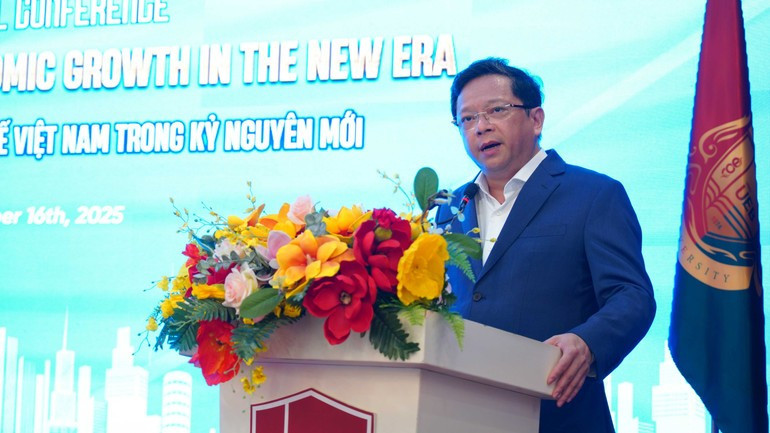
In this context, institutional improvement is seen as a key driver for modern development, creating a transparent and fair environment to unlock all social resources. To ensure these drivers are effective, the government has been decisively implementing strategic breakthrough undertakings, most notably the “four pillars” outlined in Politburo resolutions: reforming law-making and enforcement; breakthroughs in science, technology, innovation and digital transformation; promoting comprehensive and deep international integration; and strongly developing the private sector. These resolutions are crucial in opening “new growth space” for Viet Nam.
New drivers for growth: technology, human resources, private sector
Next comes the development of science and technology, innovation and digital transformation — top drivers for improving productivity and national competitiveness. However, these areas in Viet Nam have yet to be strongly advanced.
According to statistics, spending on research and development in recent years has remained low, just 0.4–0.5% of GDP; research topics lack breakthroughs; risks in research are avoided; and products are not commercialised. Politburo Resolution 57-NQ/TW on breakthroughs in national science, technology, innovation, and digital transformation provides solutions and tasks to “liberate scientific thinking”; enable Viet Nam to master science, technology, and digital transformation; and create momentum for growth in the new era.

Discussing new growth drivers, Associate Professor Dr Le Trung Thanh, Rector of the University of Economics under Viet Nam National University, pointed out that no nation can develop based solely on borrowed models. Each economy must create its own set of drivers, built from domestic strength but nourished by global knowledge.
New drivers must include the development of high-quality human resources, particularly in high-tech fields, the digital economy, the green economy and international governance. The Politburo issued Resolution 71-NQ/TW on breakthroughs in education and training, identifying it as a central driver to improve human resource quality and meet national development requirements in the new era.
Finally, another crucial driver, as emphasised by Dr Nguyen Duc Hien, is the private sector. Politburo Resolution 68-NQ/TW sets out a new mindset on private sector development, recognising the role of non-state enterprises and placing this sector at the heart of national development.

In addition, National Assembly Resolution 198/2025/QH15 has concretised special mechanisms and policies to enable private enterprises to thrive. The Private Economy Panorama model was launched in early September 2025, bringing together intellectuals and entrepreneurs from at home and abroad with the goal of fostering 200 strong national enterprises.

With strategic vision, development aspirations and new drivers being created, Viet Nam’s economy has the foundation for strong breakthroughs, firmly advancing towards the goals set by the Party and government.







